09Apr
Lesson Plan > Lesson 35 > Science
Lesson 35 covers:
- Elementary Level: Review of Living Things, Senses, and Seasonal Changes
- Mid Level: Review of Living Organisms, Ecosystems, and Life Cycles
- High Level: Review of Ecosystems, Cells, Genetics, & Human Body Systems
Elementary Level (Kinder to Grade 2)
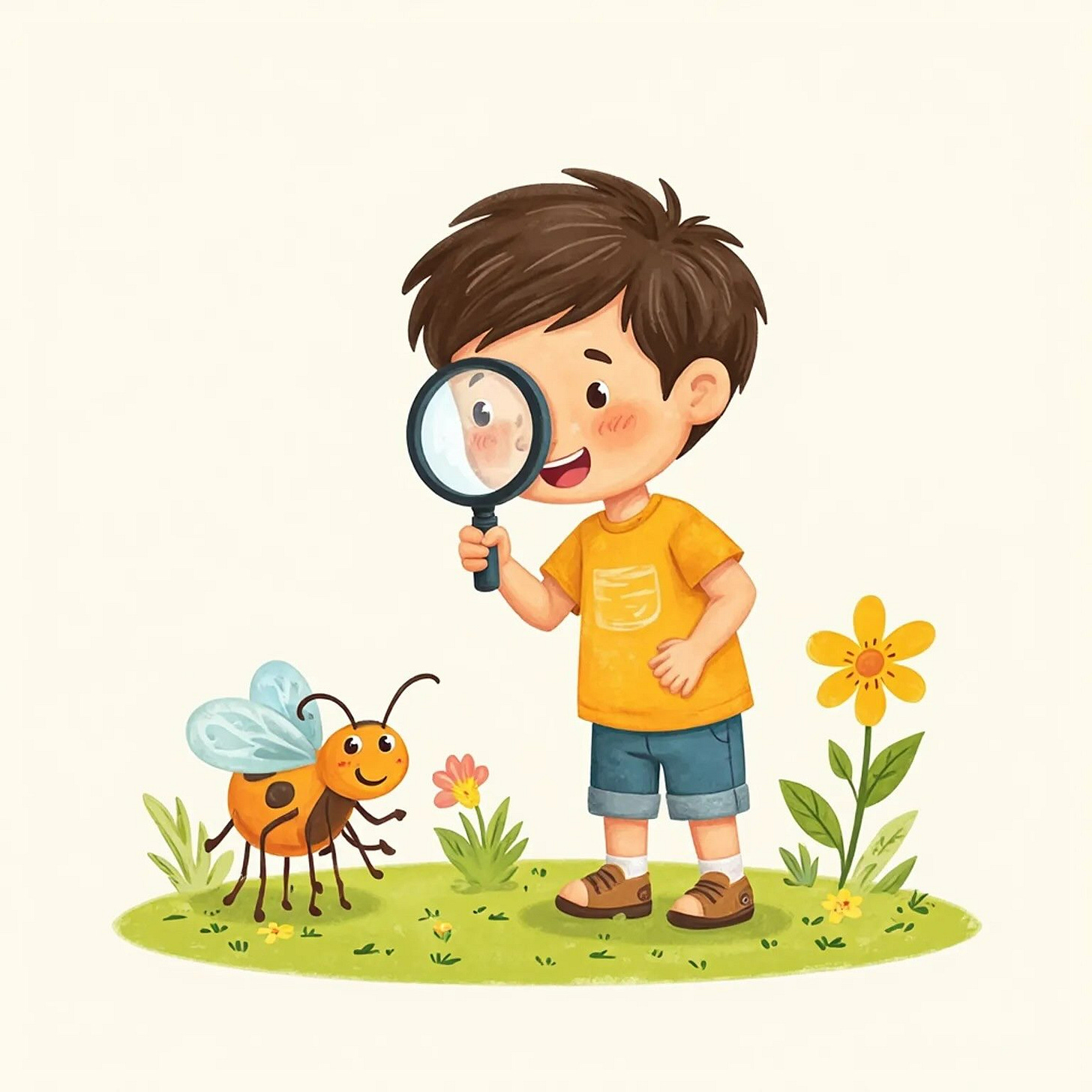
Subject: Review of Living Things, Senses, and Seasonal Changes
Alignment with Standards:
- Next Generation Science Standards (NGSS):
- 1-LS1-1: Use materials to design a solution to a human problem by mimicking how plants and/or animals use their external parts to help them survive.
- 1-LS3-1: Make observations to construct an evidence-based account that young plants and animals are like, but not exactly like, their parents.
- K-2-ETS1-1: Ask questions, make observations, and gather information about a situation people want to change.
- Common Core State Standards (CCSS) Connections:
- CCSS.ELA-LITERACY.SL.1.1: Participate in collaborative conversations.
- CCSS.ELA-LITERACY.W.1.8: Recall information from experiences to answer a question.
Lesson Objectives
By the end of this lesson, students will be able to:
- Identify living vs. non-living things.
- Describe how plants and animals use their senses to survive.
- Observe and record seasonal changes in nature.
- Apply knowledge through a hands-on scavenger hunt and a short assessment.
Materials Needed
- For Sensory Scavenger Hunt:
- Small magnifying glass
- Clipboard with paper & pencil
- Collection bag (for leaves, rocks, etc.)
- Printed scavenger hunt checklist (e.g., “Find something smooth,” “Find a living plant”)
- For Plant & Animal Observation:
- Picture cards of local plants/animals
- Binoculars (optional)
- Journal for drawing observations
- For Review & Test:
- Flashcards (living vs. non-living, senses, seasons)
- Simple multiple-choice/coloring test sheet
Lesson Activities
Day 1: Sensory Scavenger Hunt (Outdoor Exploration)
- Introduction (10 min):
- Discuss the five senses and how animals/plants use them.
- Explain the scavenger hunt rules.
- Activity (30 min):
- Walk around the yard/park to find items on the checklist.
- Encourage descriptions: “How does the bark feel? Why do flowers smell sweet?”
- Wrap-Up (10 min):
- Share findings. Ask: “Which items were living? How do you know?”
Day 2: Observing Plants & Animals (Science Journaling)
- Introduction (10 min):
- Show pictures of local wildlife. Ask: “How do these animals use senses to find food?”
- Activity (30 min):
- Sketch a plant/animal outside or from a photo. Label its parts (e.g., roots, feathers).
- Compare seasonal changes: “How do trees look different in fall vs. spring?”
- Review Game (15 min):
- Play “Living or Non-Living?” with flashcards.
Day 3: Review & Assessment
- Hands-On Review (20 min):
- Sort objects into living/non-living piles.
- Act out animal behaviors (e.g., “Show how a rabbit uses its ears to hear”).
- Simple Test (20 min):
- Circle living things in a picture.
- Match senses to body parts (e.g., nose → smell).
- Draw a tree in two different seasons.
Assessment & Feedback
- Scavenger Hunt Checklist: Completion and accuracy.
- Science Journal: Detail in drawings/labels.
- Test Score: Mastery of key concepts (adjust questions as needed).
Extensions for Advanced Learners
- Research how animals hibernate or migrate in different seasons.
- Plant a seed and track its growth over weeks.
Mid Level (Grade 3 to 5)
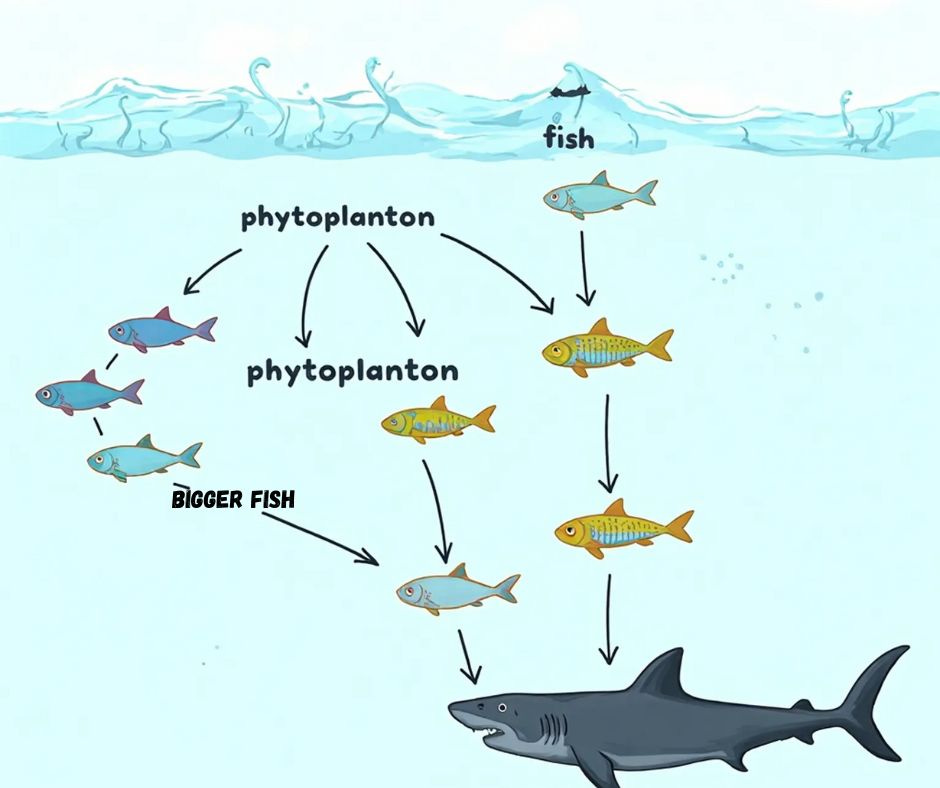
Subject: Review of Living Organisms, Ecosystems, and Life Cycles
Alignment with Standards:
- Next Generation Science Standards (NGSS):
- 4-LS1-1: Construct an argument that plants and animals have internal and external structures that function to support survival, growth, behavior, and reproduction.
- 4-LS1-2: Use a model to describe how animals receive different types of information through their senses, process it, and respond to it.
- 5-LS2-1 (Preview): Develop a model to describe the movement of matter among plants, animals, decomposers, and the environment.
- Common Core State Standards (CCSS) Connections:
- CCSS.ELA-LITERACY.W.4.2: Write informative/explanatory texts to examine a topic.
- CCSS.ELA-LITERACY.SL.4.4: Report on a topic with appropriate facts and descriptive details.
Lesson Objectives
By the end of this lesson, students will be able to:
- Define and identify components of ecosystems (producers, consumers, decomposers).
- Compare life cycles of different organisms (e.g., butterfly vs. frog).
- Create a diorama or poster modeling an ecosystem, including biotic/abiotic factors.
- Demonstrate understanding through a written and hands-on assessment.
Materials Needed
- For Ecosystem Diorama/Poster:
- Shoebox or large poster board
- Craft supplies (clay, colored paper, glue, markers)
- Printed images of plants/animals (or drawn)
- Scissors, tape
- For Research & Planning:
- Books/websites on ecosystems (e.g., desert, rainforest, ocean)
- Graphic organizer for ecosystem components
- For Review & Test:
- Flashcards (vocabulary: predator, photosynthesis, food chain)
- Printed diagrams (e.g., life cycle of a plant)
- Short-answer test sheet
Lesson Activities
Day 1: Introduction to Ecosystems
- Engage (15 min):
- Watch a short video on ecosystems (e.g., Crash Course Kids: Ecosystems).
- Discuss: “What happens if one part of an ecosystem disappears?”
- Direct Instruction (20 min):
- Define key terms: population, community, food web.
- Compare two ecosystems (e.g., desert vs. forest) using a Venn diagram.
- Activity (25 min):
- “Ecosystem Match-Up”: Sort organism cards into categories (producer/consumer/decomposer).
Day 2: Life Cycles & Project Planning
- Review (10 min):
- Quick quiz: “Draw the life cycle of a frog in 4 steps.”
- Research (30 min):
- Choose an ecosystem for diorama/poster.
- Fill out a planning sheet: List 3 plants, 3 animals, and how they interact.
- Hands-On (20 min):
- Start building diorama base (paint shoebox, draw poster background).
Day 3-4: Project Work & Presentations
- Project Time (60 min/day):
- Add organisms to diorama/posters; label roles (e.g., “cactus – producer”).
- Write a 5-sentence summary: “How does energy flow in your ecosystem?”
- Peer Sharing (15 min):
- Present projects to family/peers. Ask: “What was the most surprising fact you learned?”
Day 5: Review & Assessment
- Game-Based Review (20 min):
- “Food Web Tag”: Assign roles (sun, grass, rabbit, hawk); simulate energy flow.
- Test (30 min):
- Part 1: Label a food chain diagram.
- Part 2: Short answer: “How do decomposers help an ecosystem?”
- Part 3: Draw and describe one life cycle.
Assessment & Feedback
- Project Rubric: Accuracy, creativity, and clarity of ecosystem model.
- Test Score: Focus on critical thinking (e.g., “Predict what happens if bees disappear”).
- Self-Reflection: “What was the hardest part of this project? Why?”
Extensions for Advanced Learners
- Research invasive species in their chosen ecosystem.
- Build a digital ecosystem model using free tools like Google Slides or Minecraft Education.
High Level (Grade 6 to 8)
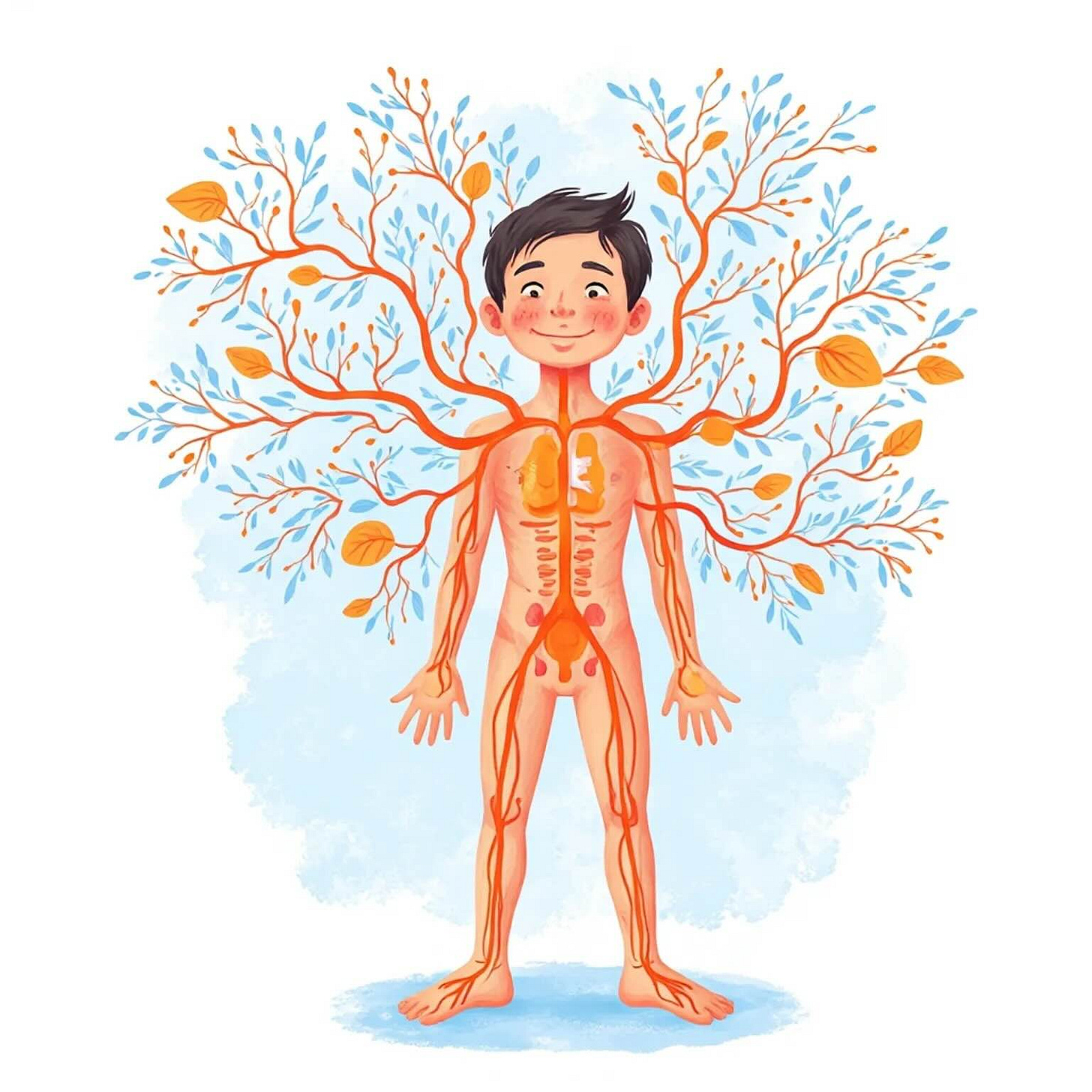
Subject: Review of Ecosystems, Cells, Genetics, & Human Body Systems
Alignment with Standards:
- Next Generation Science Standards (NGSS):
- MS-LS1-4: Use argument based on evidence to explain how animal behaviors and plant structures affect reproduction.
- MS-LS2-1: Analyze and interpret data to provide evidence for the effects of resource availability on organisms.
- MS-LS3-2: Develop and use a model to describe asexual vs. sexual reproduction.
- MS-LS1-3: Construct an explanation supported by evidence for how body systems interact.
- Common Core State Standards (CCSS) Connections:
- CCSS.ELA-LITERACY.RST.6-8.7: Integrate quantitative or technical information expressed in words with a visual (e.g., flowchart, model).
- CCSS.ELA-LITERACY.WHST.6-8.2: Write informative/explanatory texts, including scientific procedures/experiments.
Lesson Objectives
By the end of this lesson, students will be able to:
- Explain how abiotic/biotic factors influence ecosystem stability.
- Compare cellular processes (photosynthesis, respiration, mitosis).
- Model inheritance patterns (Punnett squares, dominant/recessive traits).
- Analyze interactions between human body systems (e.g., circulatory + respiratory).
Materials Needed
- For Ecosystem Projects:
- Poster board or digital tools (Canva, Google Slides)
- Magazines/printed images of organisms
- Markers, glue, scissors
- For Labs/Activities:
- Microscope (optional: prepared slides of plant/animal cells)
- M&M’s or beads (for genetics simulation)
- Stopwatch, stethoscope (for heart rate experiment)
- For Review & Quizzes:
- Flashcards (Quizlet or paper)
- Graphic organizers (Venn diagrams, concept maps)
Lesson Activities
Day 1: Ecosystems & Biodiversity
- Engage (20 min):
- Watch How Wolves Change Rivers (YouTube) to discuss keystone species.
- Debate: “Should humans intervene to save endangered species?”
- Activity (40 min):
- Ecosystem Stability Project: Create a poster/digital infographic on a biome (e.g., coral reef, taiga). Include:
- 3 threats (e.g., pollution, invasive species)
- 2 solutions (e.g., conservation laws)
- Ecosystem Stability Project: Create a poster/digital infographic on a biome (e.g., coral reef, taiga). Include:
Day 2: Cells & Energy Flow
- Lab (30 min):
- Microscope Exploration: Sketch plant vs. animal cells; label organelles.
- Virtual Option: Use Cell Explorer (BioMan Biology).
- Modeling (30 min):
- Diagram photosynthesis/respiration equations with molecular models (ball-and-stick or drawings).
Day 3: Genetics & Heredity
- Hands-On (40 min):
- M&M Genetics: Use colored candies to simulate allele inheritance. Calculate genotype probabilities.
- Family Trait Survey: Chart inherited traits (e.g., earlobe attachment) in household members.
- Discussion (20 min):
- Ethics of genetic engineering (GMOs, CRISPR).
Day 4: Human Body Systems
- Experiment (30 min):
- Heart Rate Lab: Measure pulse before/after exercise. Graph data; explain circulatory/respiratory link.
- Project (30 min):
- Body System Comic Strip: Draw a character (e.g., “Oxygen Molecule”) traveling through 2+ systems.
Day 5: Review & Assessment
- Stations Review (45 min):
- Station 1: Sort vocabulary (ecosystem vs. genetics terms).
- Station 2: Build a food web with string/yarn.
- Station 3: Punnett square word problems.
- Quiz (30 min):
- Section A: Multiple choice (e.g., Which organelle makes energy?).
- Section B: Short answer (e.g., Explain how deforestation disrupts carbon cycles).
- Section C: Diagram labeling (e.g., respiratory system).
Assessment & Feedback
- Project Rubric: Accuracy, depth of research, and clarity of visuals.
- Quiz Score: Focus on application (e.g., Predict how a mutation might affect survival).
- Self-Assessment: “Which topic was most challenging? How did you overcome it?”
Extensions for Advanced Learners
- Research a genetic disorder and present findings as a “Medical Conference Report.”
- Design a sustainable city incorporating ecosystem principles (STEM connection).


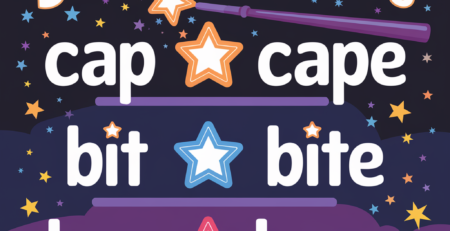
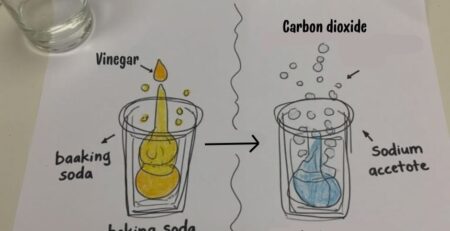
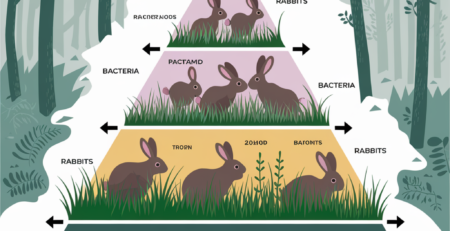


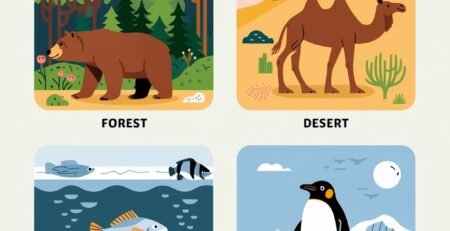



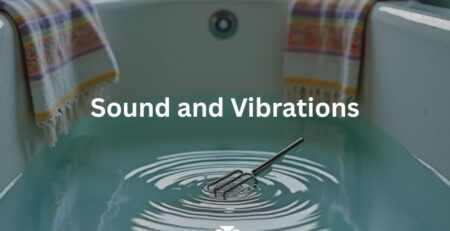

LEAVE A COMMENT